One-Year subscription to Black Gate now available for $21.95
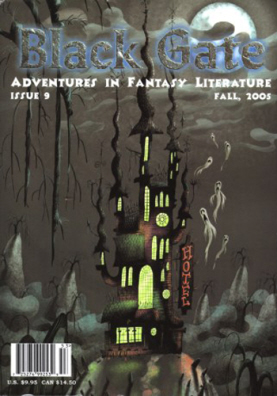 We’ve just re-vamped our subscription page, and as part of the changes we’ve introduced a new two-issue (one year) subscription option for just $21.95.
We’ve just re-vamped our subscription page, and as part of the changes we’ve introduced a new two-issue (one year) subscription option for just $21.95.
Black Gate is published twice a year, and priced at $12.95/issue for 256-304 pages of the best in modern adventure fantasy ($15.95 for our jumbo-sized issues, such as Black Gate 1 and Black Gate 14). Now you can find out what everyone’s talking about for just $21.95 — delivered right to your door. A two-year, 4-issue subscription is just $39.95.
What are people saying about Black Gate? “I was poleaxed, banjaxed, gobsmacked and just plain overwhelmed.” (Tangent Online) See all the coverage of our latest issues here, and reviews of our first six issues here.
Got an e-reader? Try any current issue of Black Gate in PDF for just $4.95 — or four issues for only $17.95. Or add a PDF edition to your print subscription for just $2.95/issue.
And don’t forget our Back Issue Sale: any two issues for just $21.95, or any four for $39.95, plus shipping. And yes, that includes our double-sized issues, both normally priced at $15.95.
We’re selling back issues only while supplies last — which won’t be much longer for many of our earliest editions. We’re down to a few dozens copies of BG 3, BG 4, and BG 5, and we’ll be bringing the last of them to Dragon*con in two weeks, where we expect to exhaust our supply fairly quickly. If you’re interested, better move quickly.
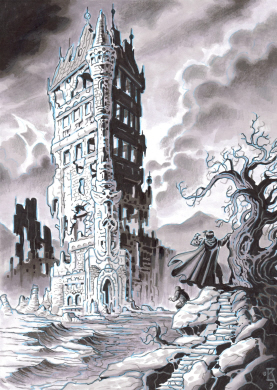 The ruined mansion seemed the perfect place to elude their pursuers… until they began to penetrate its secrets.
The ruined mansion seemed the perfect place to elude their pursuers… until they began to penetrate its secrets.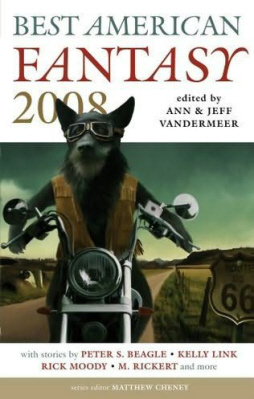 Over at Ecstatic Days, Jeff VanderMeer
Over at Ecstatic Days, Jeff VanderMeer  Following up on
Following up on 
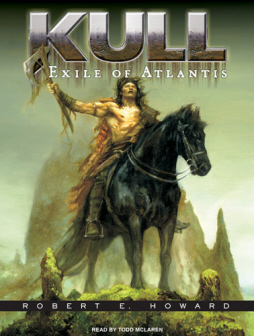 “Beyond the Sunrise” is the unofficial title afforded an unfinished Kull story that did not see print until over forty years after the author’s death. Its significance is due largely to the fact that it was the first of four widely differing attempts to continue the Kull series following the publication of both “The Shadow Kingdom” and “The Mirrors of Tuzun Thune” in Weird Tales in 1929.
“Beyond the Sunrise” is the unofficial title afforded an unfinished Kull story that did not see print until over forty years after the author’s death. Its significance is due largely to the fact that it was the first of four widely differing attempts to continue the Kull series following the publication of both “The Shadow Kingdom” and “The Mirrors of Tuzun Thune” in Weird Tales in 1929. Because this series about riding about the dragon called Publishing is geared at writers just starting out writing fantasy stories and novels, I thought I’d pull together
Because this series about riding about the dragon called Publishing is geared at writers just starting out writing fantasy stories and novels, I thought I’d pull together 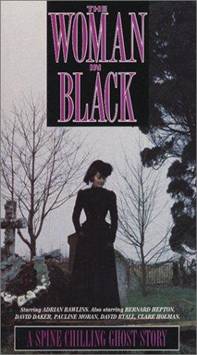 Anyone who has been reading these entries with any regularity knows that the word “minimalist” will never be used in the same sentence with my name. I seem to be visually starved, needing to be perpetually surrounded by interesting if not strange things to look at. This can easily be proven by the fact I cohabitate with a voodoo doll collection and three German Shepherds.
Anyone who has been reading these entries with any regularity knows that the word “minimalist” will never be used in the same sentence with my name. I seem to be visually starved, needing to be perpetually surrounded by interesting if not strange things to look at. This can easily be proven by the fact I cohabitate with a voodoo doll collection and three German Shepherds.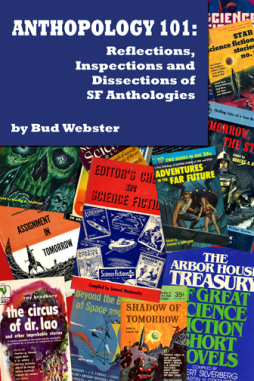 SF author Bud Webster informs us that his book Anthopology 101: Reflections, Inspections and Dissections of SF Anthologies, is now available from The Merry Blacksmith Press. Bud tells us:
SF author Bud Webster informs us that his book Anthopology 101: Reflections, Inspections and Dissections of SF Anthologies, is now available from The Merry Blacksmith Press. Bud tells us: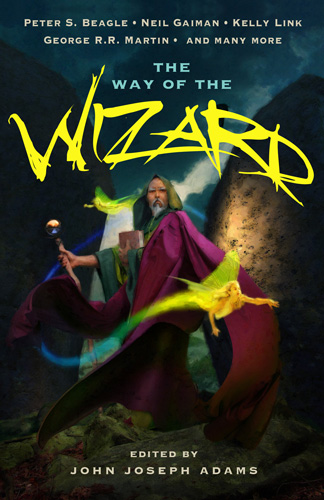
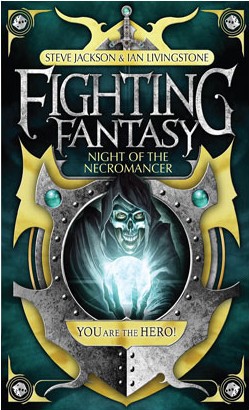 Night of the Necromancer
Night of the Necromancer